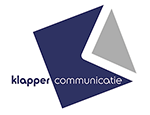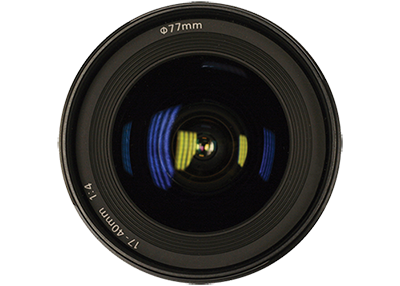Big data is trending topic in the world of digital media. A search on the internet yields almost 700 million hits. So something must be going. Many media conferences have been devoted to the subject. Recently the Immovator conference in Hilversum The Netherlands – at April 23th 2015 – presented 7 cases about big data and media. But in fact most of the cases dealt with small data.
The reason for the confusion is the different interpretation of the big data concept. Technical bloggers like Andrew Brust (2012)mostly point out that big data is “all about the technologies and practice of handling data sets so large that conventional database management systems cannot handle them efficiently, and sometimes cannot handle them at all.”
But this is not what big data in the media context is about. In the media context big data can better be approached as digital trails which are left behind by all types of users at social media like Twitter and Facebook, streaming media sites as Youtube, Multi Channel Networks, Netflix, RTL-XL and digital media boxes (Green,2015). So it is about scalable systems of unstructured data with accompanied tools that can pull structured data (Konkel,2013) and can be used for predictive analyses on media behavior. The cases presented at the conference were examples of new developed tools/methods for analyzing different (combinations of) digital trails of media user data.
The Immovator conference offered insights about the change in strategy of traditional broadcast networks in The Netherlands.
First of all the content strategy is becoming data driven. It means that tv-format creation will no longer be based on instinct but on media trail data. RTL Nederland showed that content intelligence will be part of the future content strategy of the network. The data of the different streaming video platforms like RTL-XL, RTL Multi Channel Network and NL ziet will be used for new predictive analysis. The data can help the television eco system to derive their next hit, like the decision of Netflix to commission the production of the House of Cards format. Analysis of the Netflix platform data showed a large potential viewers interested in Kevin Spacey, David Fincher and BBC political drama. So Netflix commissioned the production the House of Cards series to Beau Willimon.
The data of the streaming platforms can also provide information about actors (image recognition data), narratives (subtitling data) and themes which drive viewing behavior and could influence the future production of tv-formats and decisions for the purchase of foreign fiction and non-fiction.
Second, media trail data will play a more important role in the promotion of program related content. Dutch pubcaster BNN/VARA analyses the online platform data to match the posting of content by the editors with the user activity on the social media platform. The graph shows discrepancy in time slot between supply and demand of social media content (format De Wereld Draait Door). The social media content is provided far before the user activity on the social media.
The conclusion is that traditional broadcasters are adapting the content strategy of many Video content channels like Netflix and Youtube and use data for decisions about production, creation, promotion and buying of content. It’s the first step from instinct to content marketing.
Charles Vaneker
References
Brandon, J. (2014). How ‘Big Data’ could help TV networks make better shows. Retrieved 30-04-2015, from http://www.foxnews.com/tech/2014/10/01/how-big-data-could-help-tv-networks-make-better-shows/
Brust, A. (2012). Big Data: Defining its definition. Retrieved 30-04-2014, 2012, from http://www.zdnet.com/article/big-data-defining-its-definition/
Green, A. (2015). Big data and audience measurement. Retrieved 30-04-2015, 2015
Hawkins, S. (2015). 4 Ways Big Data will impact television and film. In Mediasilo. Vol. 2015.
Konkel, F. (2013). Defining Big Data. Retrieved 30-04-2015, 2015, from http://fcw.com/blogs/conversation/2013/04/defining-big-data.aspx
Mandese, J. (2014). From the ‘Big 3’ To ‘Big Data:’ TV audience targeting comes of age. Retrieved 30-04-2015, 2015, from http://www.mediapost.com/publications/article/216768/from-the-big-3-to-big-data-tv-audience-target.html




